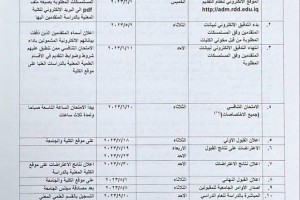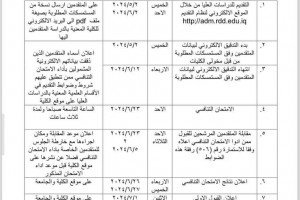
The College of Science/Department of Biology organized a seminar entitled discussion on the( bacteria causing diabetic foot infection). by Master's student
Zainab Muhammad Hussein
Known as diabetic foot infection: it is inflammation of the bones and soft tissues below the ankle. It is a common complication of diabetes that leads to hospitalization, and the recurrence of infection leads to amputation of the lower extremities, and the vast majority of bacteria isolated from diabetic foot ulcers are the intestinal family, which is the largest air group gram. - Negative bacteria, the most frequent of which are EColi bacteria, infections caused by amixture of aerobic gram negative bacilli such as Escherichia coli , Klebsiella spp , Pseudomonas spp Bacteriode, and Proteus spp, aerobic Gram positive cocci ,and obligate anaerobic organisms such as Peptostretptococcus spp, Clostridium spp the study aims to isolate and diagnose bacteria by traditional methods from diabetic foot patients, diagnose serological tests, identify virulence factors, and examine drug sensitivity test
The most important virulence factors
adhesins, toxins
iron acquisition factors, lipopolysaccharide
polysaccharide capsules, plasmid







